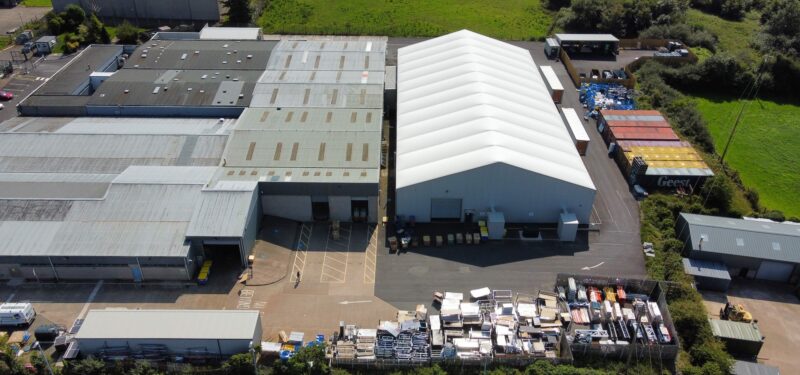Temporary Building Planning Permission: Regulations in the UK & Ireland
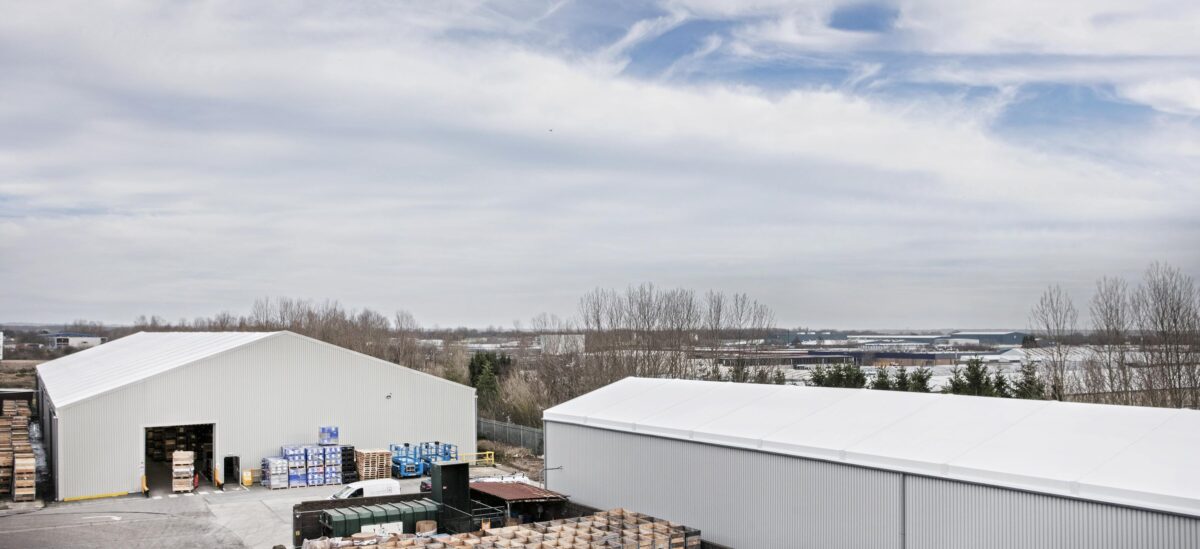
Planning Permission Guidelines in Scotland, Republic Of Ireland and Northern Ireland
What many businesses don’t know is that broadly, generally accepted laws on planning permission only applies for temporary structures in England & Wales and there are nuances to consider outside of these countries.
As Spaciotempo operate across the entire length of the UK and also in Ireland, we wanted to ensure our customers and prospects are well informed of the similarities and differences between UK planning permission, Scotland planning permission, Ireland planning permission and Northern Ireland planning permission regulations should the proposed location of the temporary or semi-permanent building be in one of these countries.
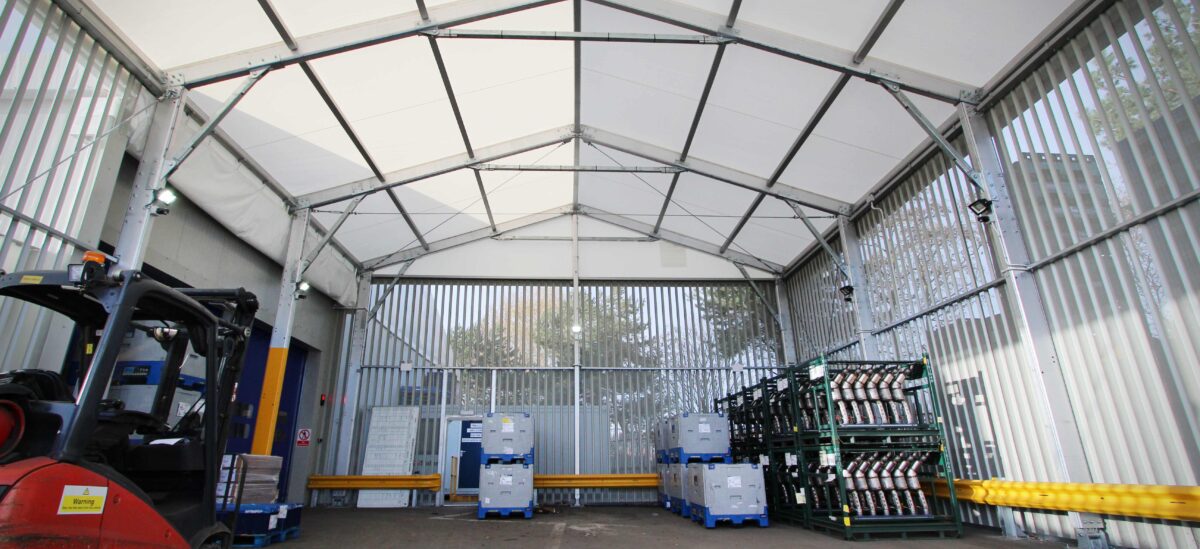
Temporary Building Planning Regulations Ireland
01. Where to go:
https://www.gov.ie/en/publication/942f74-local-authorities/
02. What you’ll need:
- The correct fee (of the 31 local authorities in Ireland, each fee may vary)
- Detailed site-specific drawings of the proposed structure.
- Proof of public notices (see below).
- Other required forms and particulars.
03. How long does it take:
8 – 12 weeks
As of 2018, The National Planning Framework (NPF) is the official scheme used to apply for and obtain planning permission for all applications in Ireland, including temporary infrastructure. A major distinction in the process vs England & Wales is in the very early stages. Before even applying to obtain temporary building planning permission in Ireland, you must give public notice of your proposals. You do this by;
- Putting a notice in a local newspaper (your local authority will have a list), and
- Putting up a site notice that can be clearly seen and read.
Temporary Building. Lasting Solutions. Brochure
Get your copy of our new brochure that places a firm focus on your industry. Be it lack of storage or warehouse space, production or maintenance facilities, or cover for your loading and unloading operations, our structures meet every requirement.

Then, your planning application must be received by the local authority within 2 weeks of the notice appearing in the local newspaper and the site notice going up. The site notice must remain in place for at least 5 weeks from the date of receipt of the planning application. This is because the planning authority are obliged to acknowledge receipt and check it is valid with all correct documentation in that same window. Only then will your application proceed to the next stage.
If the local authority issues a development plan, a framework to inform people of changes to the local area that lasts for a six-year period, it can also have an impact on your business’s planning application as permission will normally only be given if your application aligns with the development plan.
A second major distinction is what to do should you need to appeal a planning permission decision in the Republic of Ireland. If the local authority refuses your application, it will give you the reasons for this. You have 4 weeks from the date of this decision to make an appeal to An Bord Pleanála. They are Ireland’s national independent planning body that decides appeals on planning decisions made by local authorities.
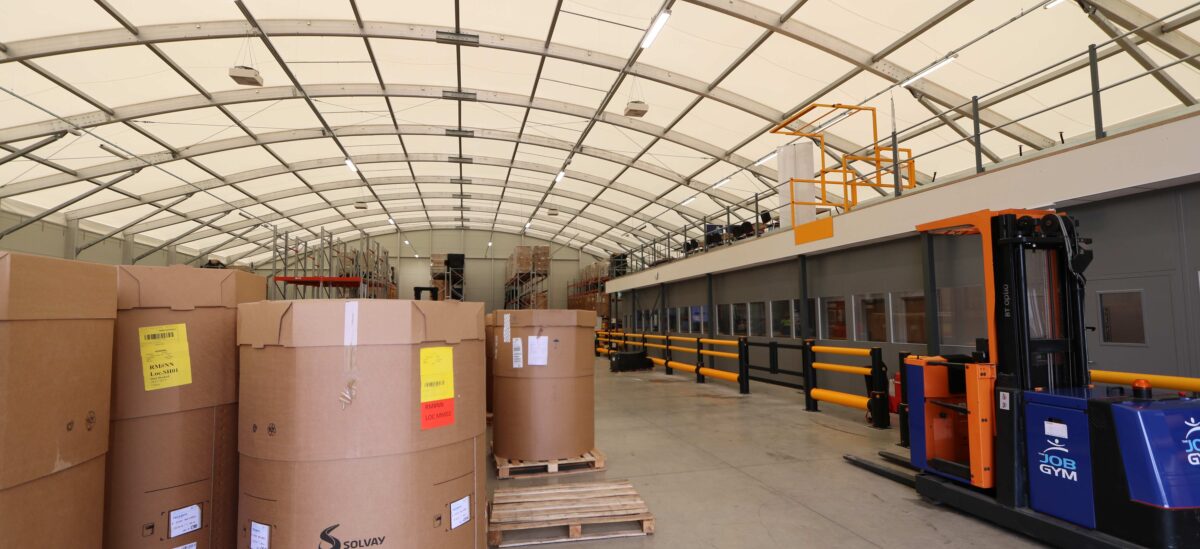
Temporary Building Planning Regulations Northern Ireland
01. Where to go:
https://www.nidirect.gov.uk/articles/making-planning-application
02. What you’ll need:
- A Certificate of Ownership (Section 42 of the 2011 Act). The purpose of this certificate is to inform all concerned who is in actual possession of the application site and without such information the application will not be processed further.
- 3 additional copies of the application forms / plans and the appropriate application fee.
- A pre-application community consultation report, an access statement and/or a design and access statement as appropriate.
- Detailed site-specific drawings of the proposed structure.
03. How long does it take:
8 – 12 weeks
In Northern Ireland, the planning permission process is overseen by the Department for Infrastructure (DfI) and local councils as part of the Planning Act (Northern Ireland) 2011 (Planning Act) framework. You can use the Planning Portal to submit planning applications for temporary buildings to the Department and 10 of the 11 councils, as Mid Ulster District Council has its own system.
Generally, the process for obtaining planning permission for temporary structures in Northern Ireland shares most similarities with England & Wales, including fees. The planning office will even confirm the exact planning application fee with your business before submitting to the portal.
One key difference in Northern Ireland, however, is the emphasis on community consultation. Engaging with local communities early in the process can significantly enhance the likelihood of a smooth application process, especially in the cases of major or regionally significant development.

Temporary Building Planning Regulations Scotland
01. Where to go:
https://www.mygov.scot/planning-permission
02. What you’ll need:
- A description of the development.
- The name and address of the person applying and agent (if any).
- A postal address of the land or a description of the location of the land.
- A certificate of ownership and notice to owners or tenants of agricultural holdings.
- A plan which clearly identifies the location of the application site.
- Other plans and drawings needed to describe the proposed development, including Detailed site-specific drawings of the proposed structure.
- The correct fee.
03. How long does it take:
8 – 17 weeks
Want to learn more?
In a previous blog, we’ve covered planning permission regulations in great detail, explaining everything you need to know to ensure your application is successful. Click the button to read.
In Scotland, planning permission for temporary buildings is governed by the Town and Country Planning (Scotland) Act 1997, as amended by subsequent legislation. The process is similar to that in England & Wales but with some slightly different Scottish regulations and timeframes.
One such difference is that for certain types of development, including larger temporary structures, you must undertake a pre-application consultation (PAC) with the community geographically located within the vicinity of the building. This may include publicising the proposed development and holding a public event to gather feedback.
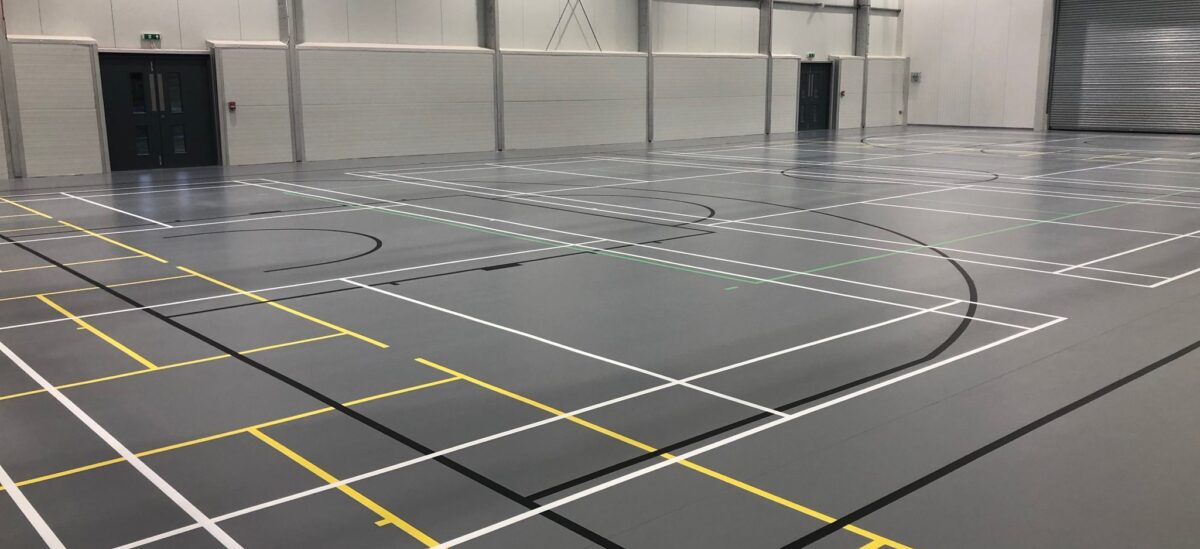
Additionally, whilst permitted development is written into planning permission law in England & Wales, permitted development in Scotland can be slightly more flexible in certain circumstances. However, you should always check this by speaking with the relevant one of 32 local authorities in the country.
The PAC process can add time to the overall planning timeline but is crucial for gaining community support and ensuring compliance with local regulations. This is why Legislation states that Planning Authorities should reach a decision within 4 months of receiving a valid application for a major development and 2 months for a local development; slightly longer than in the UK.
Should your business need to appeal a planning permission refusal in Scotland, generally, it falls within the remit of ‘local development’ classification so would sit with a council official. However, if the appeal for a temporary or semi-permanent building is much larger in scale, there are a number of circumstances where an appeal can be made to Scottish Ministers.
If this is the case, the Scottish Government’s Planning and Environmental Appeals Division (DPEA) handles planning appeals on behalf of the Scottish Ministers.
Conclusion
For businesses operating in the UK and Ireland, and those with multiple locations in these countries, understanding the nuances of planning permission regulations for those responsible is essential for a smooth and successful application process. We have another blog to explain the full planning permission process in 6 simple steps. Read here!
At Spaciotempo, we are committed to providing support and guidance throughout your planning journey as best we can, ensuring you are well-prepared to meet all regulatory obligations. If you need further assistance or have specific questions about planning permission in any of these regions, don’t hesitate to reach out to our team. We’re here to help you navigate the complexities of planning permission for temporary buildings, ensuring your project is a success from start to finish.
In this article, however, we have covered only the general features of planning permission in the respective countries. We recommend that you seek expert advice from a chartered surveyor, architect, planning consultant or other appropriate professional for a deeper understanding and a more detailed explanation specific to your site.

